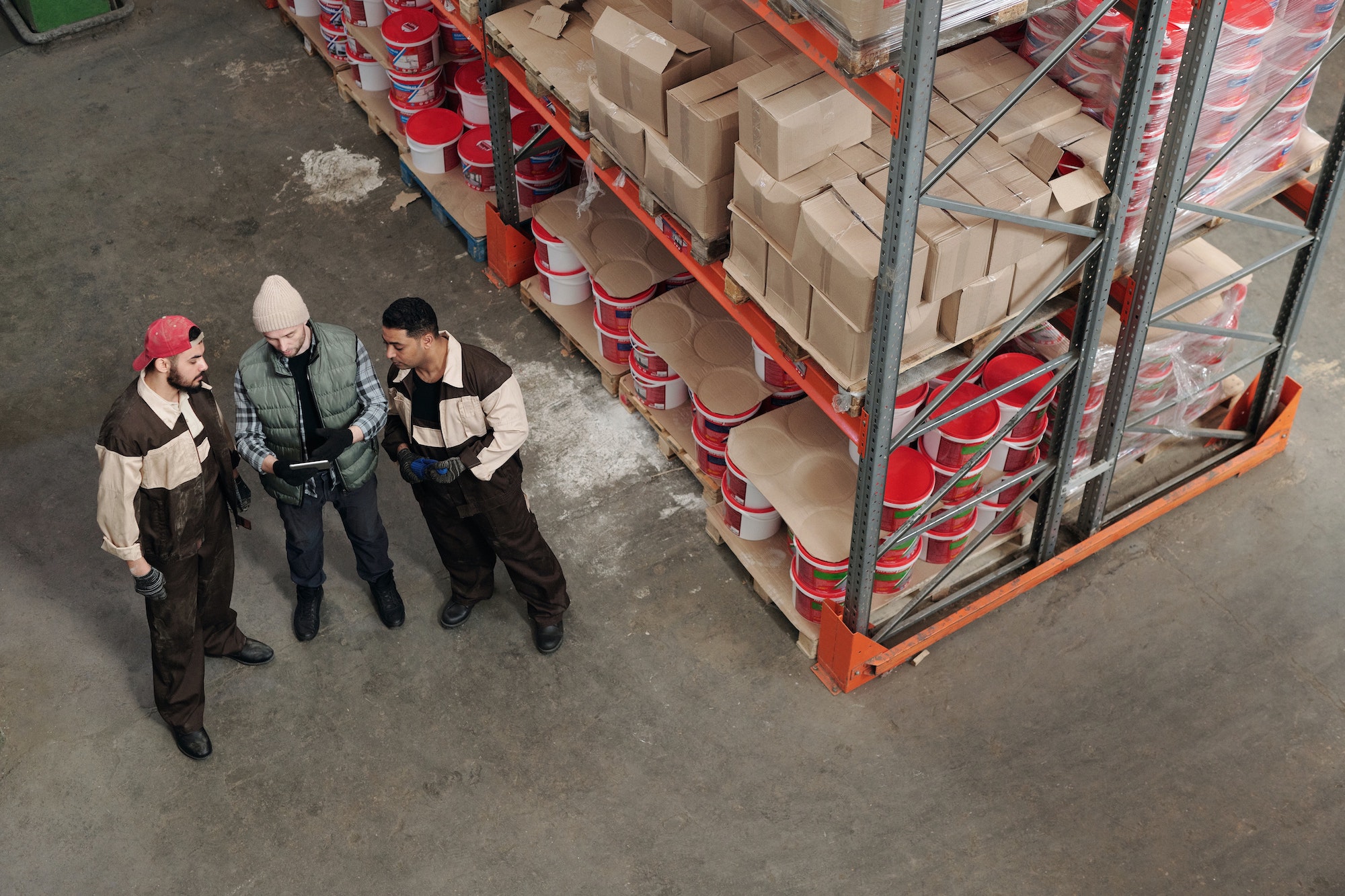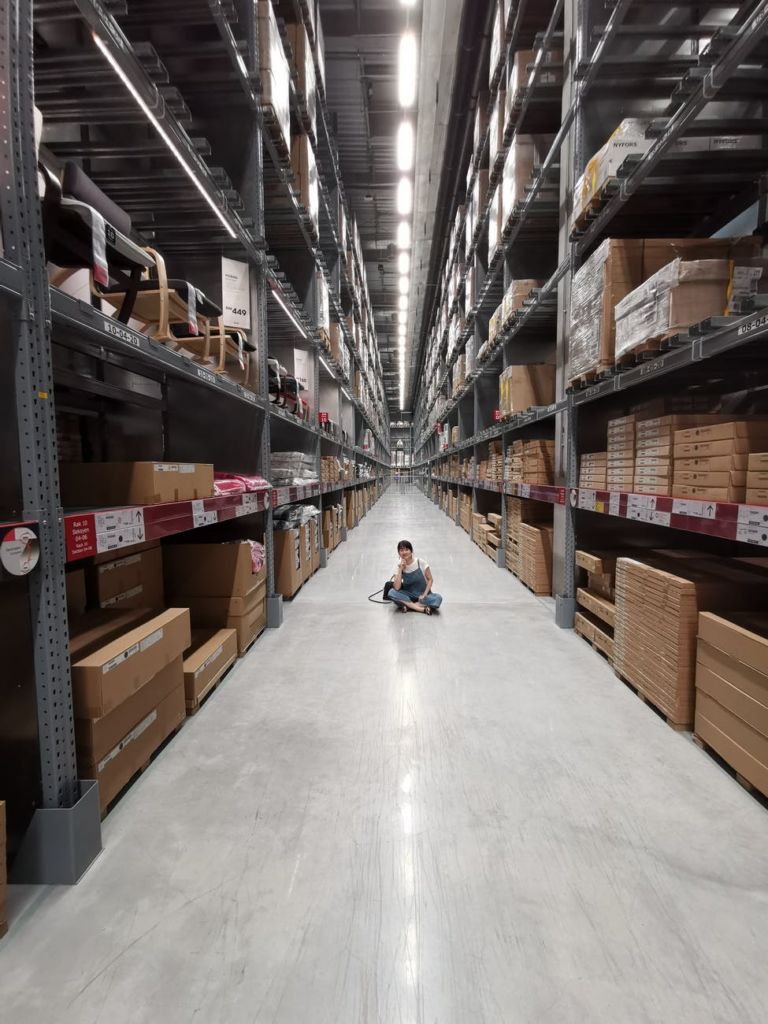Maximizing Efficiency: 8 Easy Tips for Warehouse Layout and Organization
A well-organized and efficient warehouse can help increase productivity and reduce costs. Whether you are setting up a new warehouse or looking to optimize an existing one, there are several tips and strategies you can use to improve your layout and organization.
Maximizing Efficiency: 8 Easy Tips for Warehouse Layout and Organization
Plan your layout
This will help you visualize the space and determine the most efficient layout for your storage needs. Consider the size and weight of your inventory, as well as the frequency of access when deciding where to place items.
For optimal use of your warehouse, software like Datapel can really help with organising your orders, which can give you better ideas of how to maximise the space. It’s also important to consider safety regulations and create clear pathways for workers and machinery. A well-planned layout can increase productivity, reduce safety hazards, and optimize the use of space in your warehouse.
Prioritize safety
Ensuring safety is an essential aspect of organizing a warehouse. It is important to prioritize the safety of employees and visitors by implementing safety measures such as installing adequate lighting, clear signage, and proper training for employees on safety procedures.
This can help prevent accidents, injuries, and property damage. Regular safety audits and inspections can also help identify potential hazards and address them before they become a problem. A safe and organized warehouse not only protects employees and visitors but also improves overall efficiency and productivity.
Consider flow
When designing a warehouse layout, it’s essential to consider the flow of products and equipment, including the use of heavy duty dollies for moving heavier items efficiently. Map out the workflow and the movement of goods to ensure efficiency and minimize bottlenecks. This involves identifying the most common routes of your products and ensuring they are easily accessible to your employees.
You can also consider zoning areas within the warehouse, like packing, shipping, and receiving areas, to further improve the flow. By prioritizing flow, you can reduce handling time and streamline processes, which leads to increased productivity and reduced costs. Using heavy duty dollies in key areas can facilitate smoother transitions from one zone to another, enhancing overall operational efficiency.
Optimize storage
Optimizing storage is a crucial aspect of warehouse layout and organization. One way to maximize storage capacity is by utilizing vertical space. Consider installing mezzanines or shelving units to increase the amount of usable space. Additionally, grouping similar products together can help to minimize the amount of wasted space in the warehouse.
When it comes to organizing your warehouse efficiently, the choice of storage equipment plays a pivotal role. Depending on the size and shape of the items you need to store, you should consider using the appropriate storage solutions, whether it’s pallet racks, bins, or drawers. These options not only optimize your storage space but also make it easier to categorize and easily move your load, enhancing the overall efficiency of your warehouse operations.
Invest in material handling equipment
Investing in material handling equipment is crucial for warehouse layout and organization. Forklifts, pallet jacks, heavy duty dollies, and other equipment can help move heavy items safely and efficiently, reducing the risk of injury and damage to products.
Consider the type of products you will be handling and the layout of your warehouse when selecting material handling equipment. Proper maintenance and training for operators can also extend the lifespan of the equipment and improve safety in the workplace. Investing in quality material handling equipment is a worthwhile investment that can improve warehouse efficiency and productivity.
Keep it clean
Keeping the warehouse clean is essential to maintaining a safe and organized environment. Regular cleaning should be done, including sweeping floors, wiping down shelves, and removing clutter.
Keeping a clean warehouse can also help prevent accidents and improve the overall efficiency of the operation. Make sure that cleaning supplies are readily available and that employees are trained on proper cleaning procedures.
Additionally, consider implementing a schedule for deep cleaning to ensure that all areas of the warehouse are thoroughly cleaned at regular intervals. You could even bring in someone like this company offering professional hard floor cleaning services in Miami, FL regularly to give the floors a proper clean – this can be a time-consuming job that simply can’t be done well enough by staff during the working day.
Monitor inventory
Effective warehouse organization involves keeping a close eye on inventory levels. Implementing inventory management software can be a great way to track inventory levels in real-time and streamline reordering processes. By setting up automated reordering triggers, businesses can avoid stockouts and ensure that they always have the right products on hand.
Additionally, by regularly reviewing inventory data, businesses can identify slow-moving items and adjust their stocking levels accordingly. This can help prevent overstocking, minimize waste, and free up space in the warehouse.
In conclusion, creating an effective warehouse layout and organization is crucial for optimizing space, improving efficiency, and reducing costs. With the help of an experienced industrial construction company, you can design and implement a layout that meets your specific needs and maximizes the productivity of your warehouse.
By following the tips outlined in this article, you can create a well-organized and efficient warehouse that supports your business operations and helps you achieve your goals.










